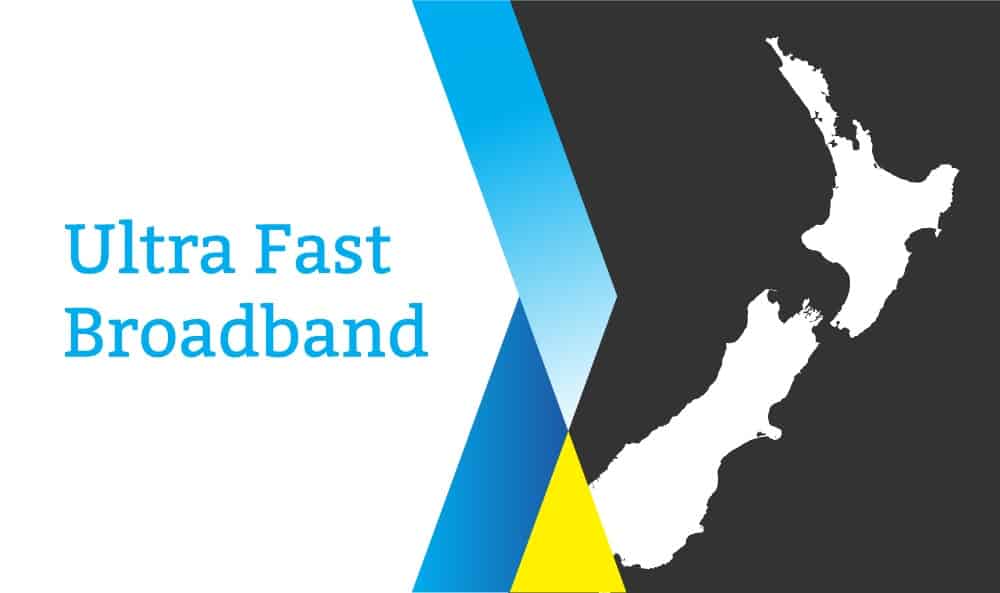Last week, New Zealand’s Communications Ministers, Simon Bridges, announced “UFB2+”, $130 million in additional funding to expand the UFB rollout into towns not previously in scope. Additional funding to increase the reach of fixed wireless services, in addition to the RBI2 project, was also announced.
This latest investment seeks to ensure that by 2022 87% of New Zealanders will have access to UFB and 99% will have access to high speed internet, which in New Zealand is defined as 50Mbps. Interesting to note that in Australia, the Government is only aiming to deliver 25Mbps as a benchmark speed.
For wireless ISPs the announcement of further investment in fibre by the Government is both a positive and a threat.
The positive – fibre coming into new areas will decrease the cost of backhaul to wireless operator’s towers and increase capacity back to their network.
The negative – the niche market for each wireless operator is going to be incrementally eaten away over a five year period.
The 190 additional towns receiving UFB fibre will ensure that the current workload for ISPs such as Lightwire doesn’t decrease. I was speaking to a counterpart in another business focused ISP yesterday, and we were just reflecting on how busy we have been since the advent of UFB. The flood of clients transitioning from copper to fibre continues to sweep in as new towns are added to the UFB map, and that is now set to continue for a longer period than we expected.
Link to detailed map for the fibre rollout:
Link to detailed map for the mobile blackspot and wireless program:
Brendan Ritchie

